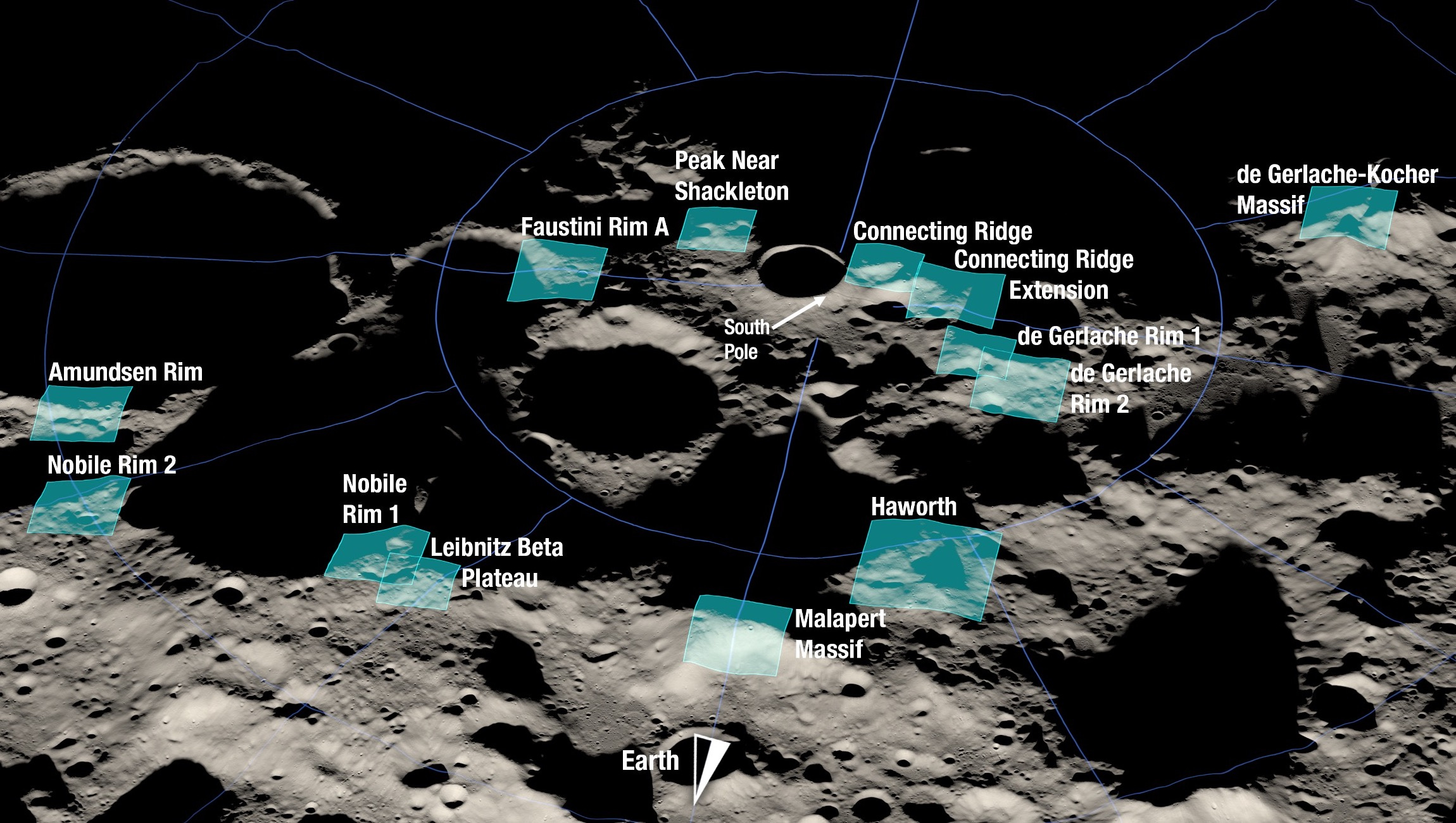On NASA’s announcement of the Artemis III Science Lead and more
NASA’s Artemis Town Hall briefing at the 54th Lunar and Planetary Science Conference (LPSC) on March 15 announced Dr. Noah Petro as the Science Lead for Artemis III. The historic mission aims to land humans back on the Moon by mid-decade. Petro is currently the project scientist for NASA’s Lunar Reconnaissance Orbiter (LRO). The satellite’s observations have helped space agencies plan for recent lunar touchdown attempts, and are critical for the success of Artemis as well.
How we got here
NASA’s selection of SpaceX Lunar Starship and Axiom spacesuits, over and above the standard SLS rocket and Orion spacecraft present in every Artemis mission, largely represent the technology stack to be used for Artemis III. The science end has been catching up since the mission’s Science Definition Team laid out their priorities in December 2020. In March 2022, NASA revealed the Artemis science structure, which comprises:
- an internal NASA Science Team
- an external Geology Team
- Participating Scientists (which will have international researchers)
- and an Instruments Team
The latter three will be competitively selected. For Artemis III, Petro will coordinate and interface between each of these teams, as well as between the collective Science Team and Mission Ops. Likewise, Dr. Barbara Cohen will be the science lead for Artemis IV.
Where will the astronauts land?

In August 2022, NASA chose 13 candidate landing zones on the Moon’s south pole for Artemis III. Since then, the agency has been soliciting community input to downselect from said sites later this year. To that end, three dedicated sessions at LPSC 2023 saw various scientists present geologic merits of each of the 13 Artemis III candidate zones. (Here’s an example for Malapert.)
One of the Artemis III talks at LPSC saw Wes Patterson describe how his team is using complementary radar data from NASA’s LRO and ISRO’s Chandrayaan 2 orbiter to uniquely characterize the Artemis III candidate sites. This includes getting valuable information on landing hazards within those sites, better access to their permanently shadowed regions than optical imagers, and gaining a broad sense of the physical states of the regions from inferred physical properties. It illustrates how a NASA-ISRO collaboration for Artemis represents an untapped opportunity.
On the other side of the equation of selecting Artemis III’s landing site will be more precise engineering constraints coming from the still-in-development Lunar Starship. In particular, the rocky south polar terrain and the forever near-horizon Sun render few sufficiently flat and lit areas for safe touchdown. Any science planning has to work around that.
What about the rovers?
Unlike Apollo, NASA plans on having a single, unpressurized Lunar Terrain Vehicle across Artemis missions for at least ten years. The LPSC 2023 Artemis briefing confirmed the rover being on the delivery manifest of Artemis V end of decade. NASA is also planning on delivering an even more advanced, pressurized habitable rover, likely from JAXA, on Artemis VII.
What else? Some more patience
Sadly, pristine samples that astronauts will collect by venturing into some of the Moon’s permanently shadowed regions won’t be stored in cryogenic freezers until at least Artemis VI. Earlier Artemis surface missions will still collect such samples—they just won’t come to Earth as frigid as they’ve existed. On the flip side, even mission flight controllers will get basic geology training to streamline key science-gathering phases, such as sample collection during excursions.
Originally published on Payload, extended and tweaked for my blog.
→ Browse the Blog | About | Donate ♡
